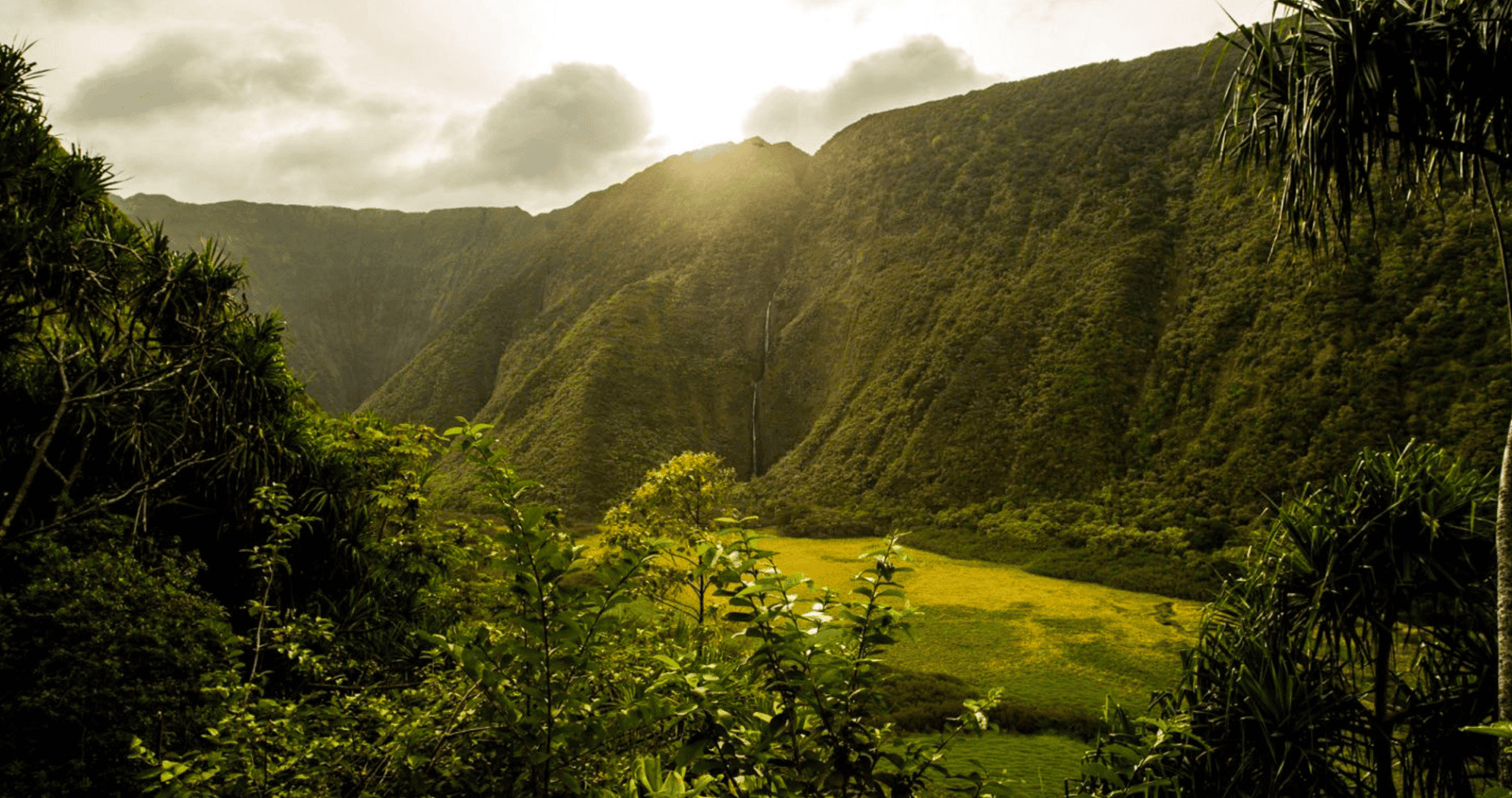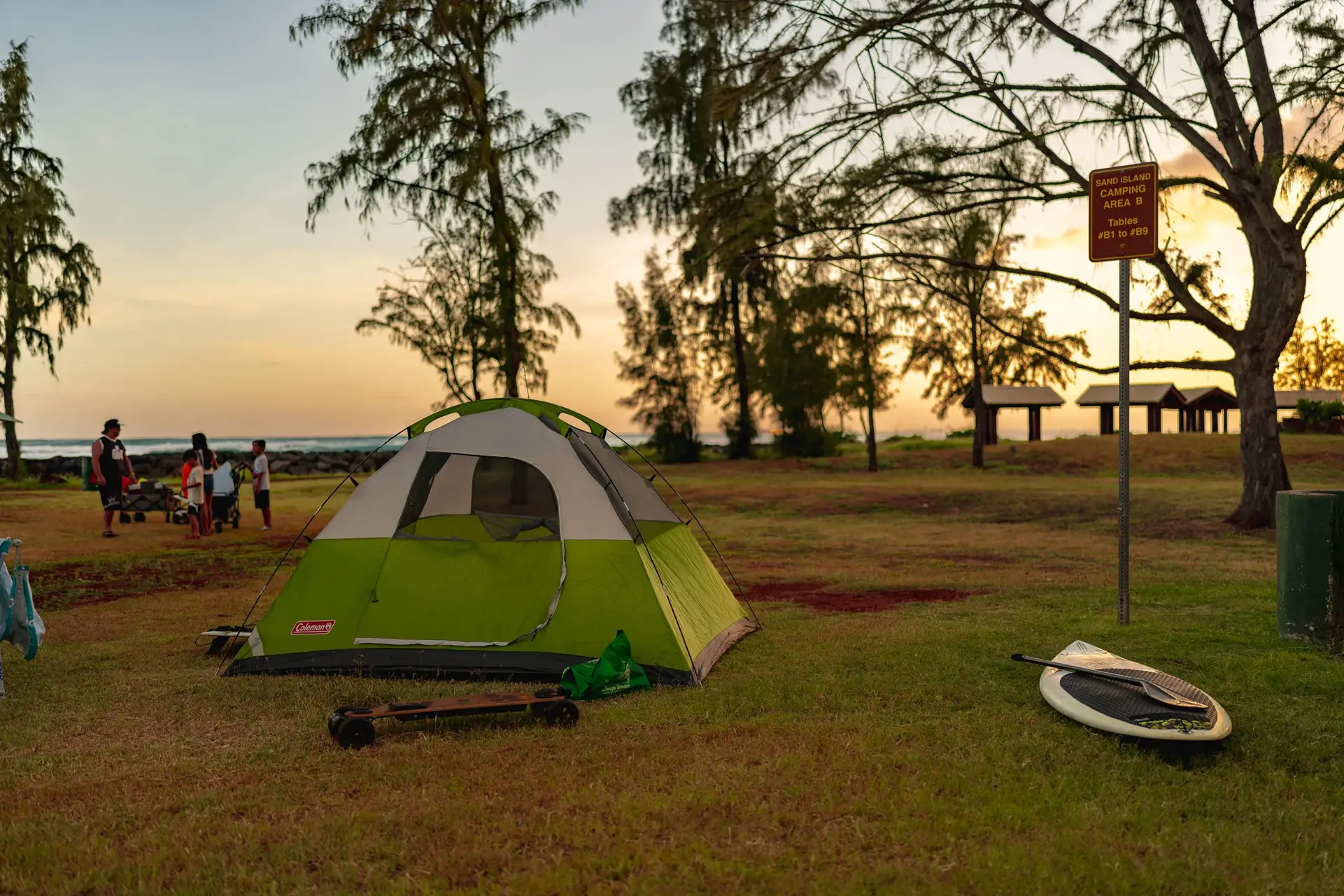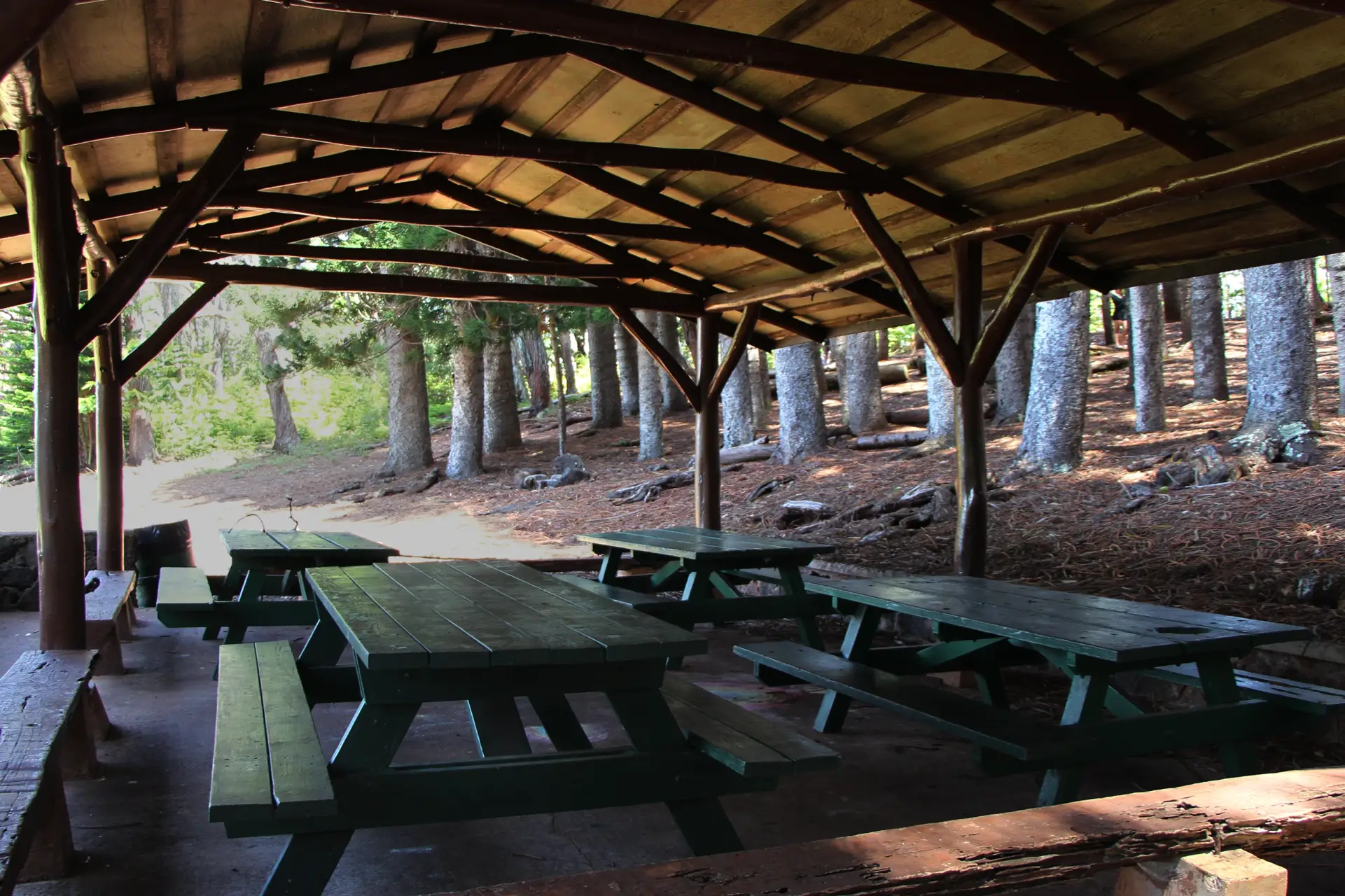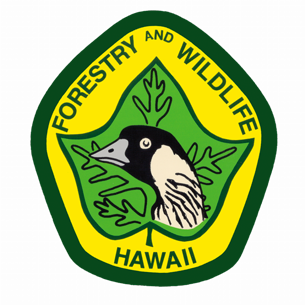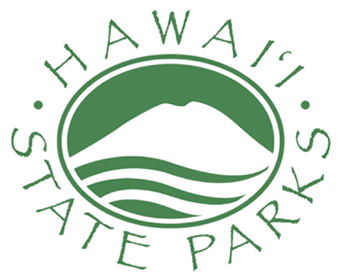Camping in State Parks and Forest Reserves
Camping in Hawaiʻi offers a variety of locations and experiences, from mountain to ocean and from densely populated urban communities to beautiful, remote wilderness locations. Activities, facilities, fees, and restrictions vary by location.
Remember that you may need additional permits depending on the activities you plan to engage in during your camping trip, such as fishing, hiking, or hunting.
Reserve a Campsite
Camping Locations on Kauaʻi
Camping in Kauaʻi State Parks
Camping in Kauaʻi Forest Reserves
Alakai Wilderness Preserve
Na Pali-Kona Forest Reserve
Puʻu Ka Pele Forest Reserve
Nāpali Coast State Wilderness Park
Nāpali Coast is one of the most recognizable and beautiful coastlines in the world. The pali, or cliffs, provide a rugged grandeur of deep, narrow valleys ending abruptly at the sea, with extensive stone walled terraces on the valley bottoms where Hawaiians once lived and cultivated taro. The campsites on the Nāpali Coast are at the end of Kalalau Trail, an 11-mile trail that traverses five lush, tropical valleys before ending at Kalalau Beach where it is blocked by sheer, fluted cliffs.
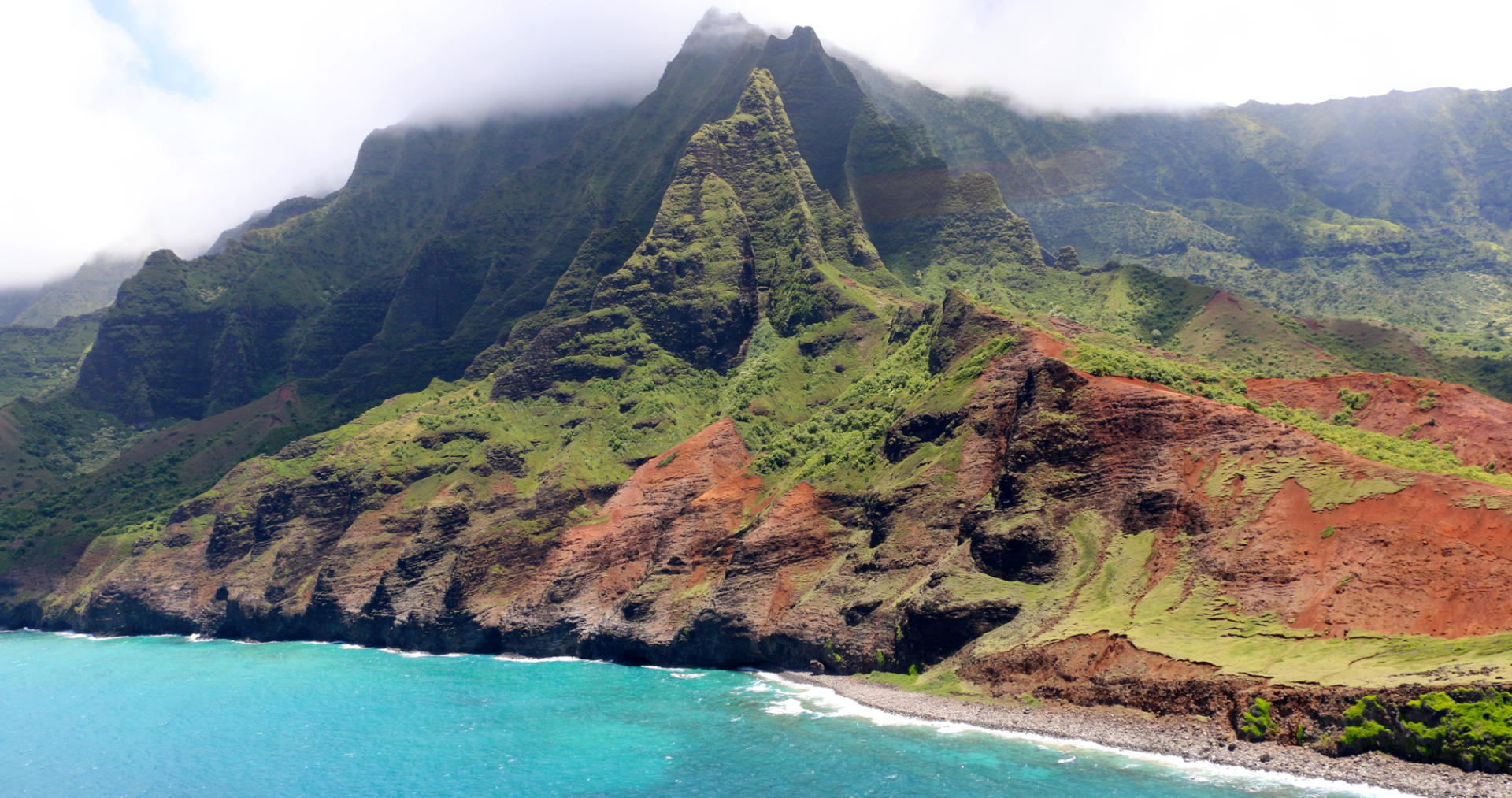
Camping Locations on Oʻahu
Camping in Oʻahu State Parks
Camping in Oʻahu Forest Reserves
Ewa Forest Forest Reserve
Honolulu Watershed Forest Reserve
Kuaoakala Forest Reserve
Kuliouou Forest Reserve
Mokuleia Forest Reserve
Pūpūkea Forest Reserve
Mālaekahana
Mālaekahana offers 37 developed campsites available for tent camping in a wooded beach park with swimming, bodysurfing, beach-related activities and shore fishing.
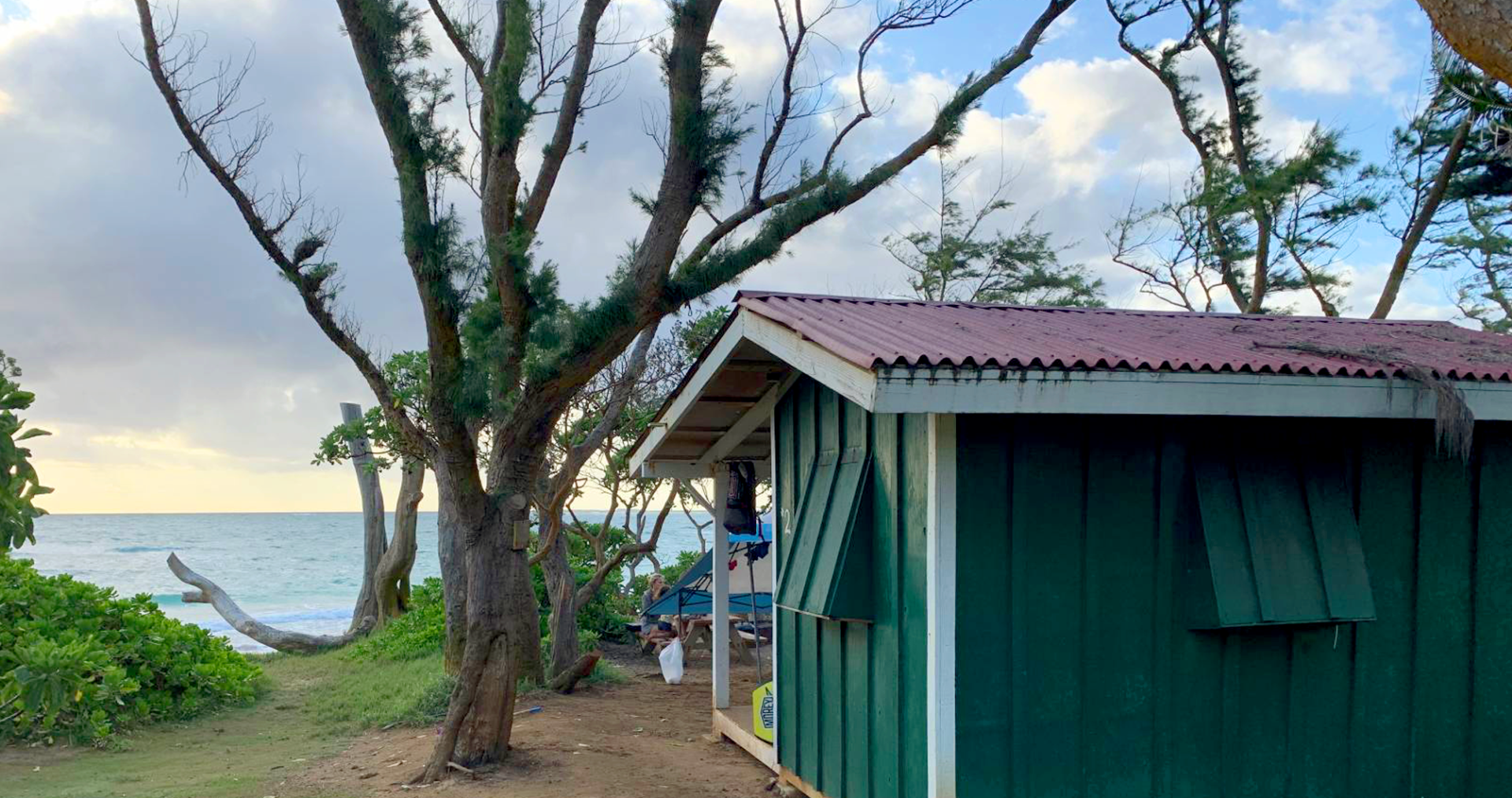
Camping Locations on Molokaʻi
Camping in Molokaʻi State Parks
Camping in Molokaʻi Forest Reserves
Molokaʻi Forest Reserve
Pālāʻau State Park
Camp in an ironwood grove at Pālāʻau State Park, which offers a scenic overview of historic Kalaupapa to which persons with Hansen’s Disease (leprosy) were once banished.
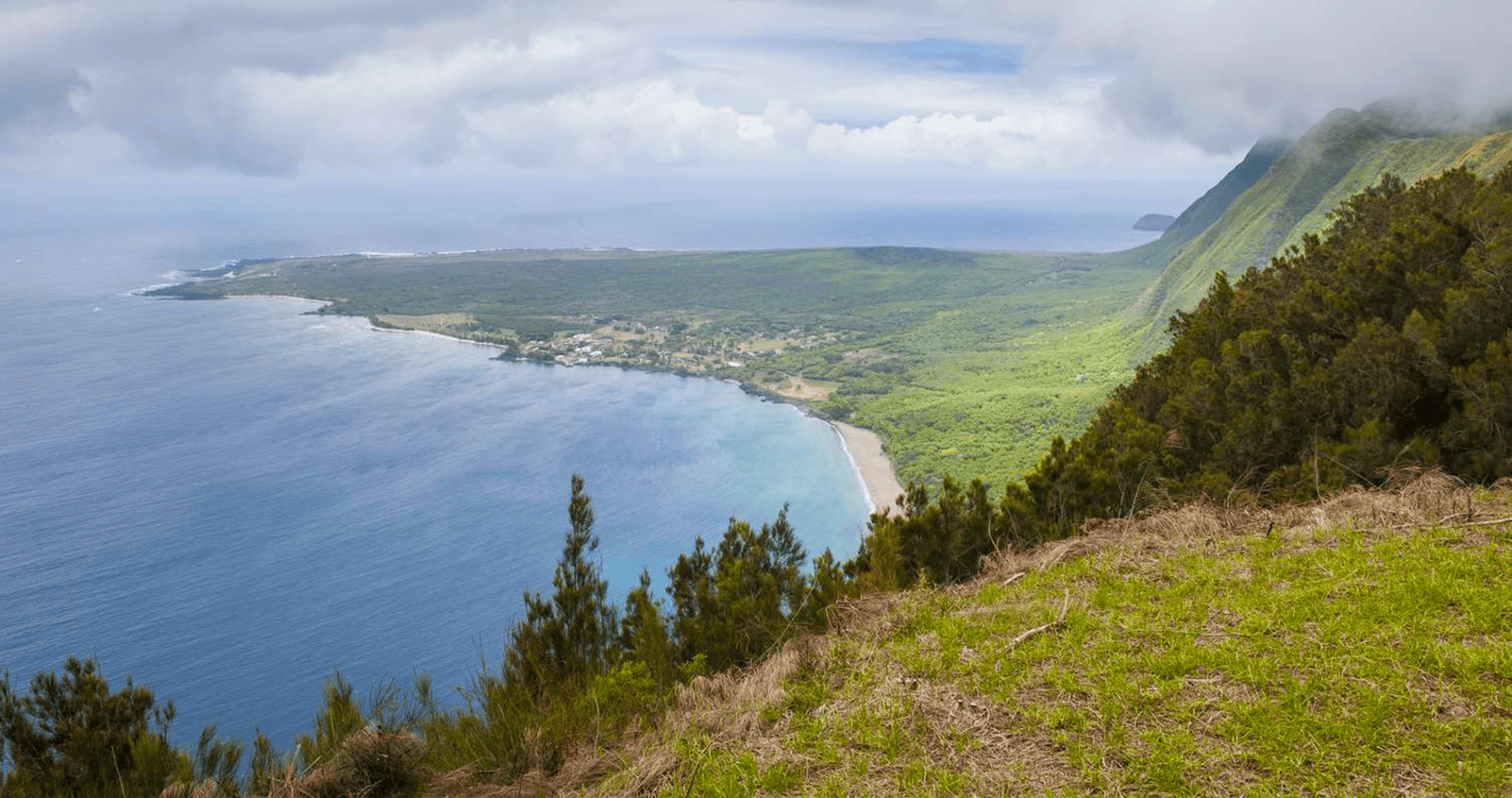
Camping Locations on Maui
Camping in Maui State Parks
Waiʻānapanapa
Waiʻānapanapa means glistening waters, and is a volcanic coastline offering solitude and respite from urban life. This location offers an excellent opportunity to view a seabird colony and natural stone arch, as well as a native hala forest, heiau (religious temple), sea stacks, blow holes and small black sand beach.
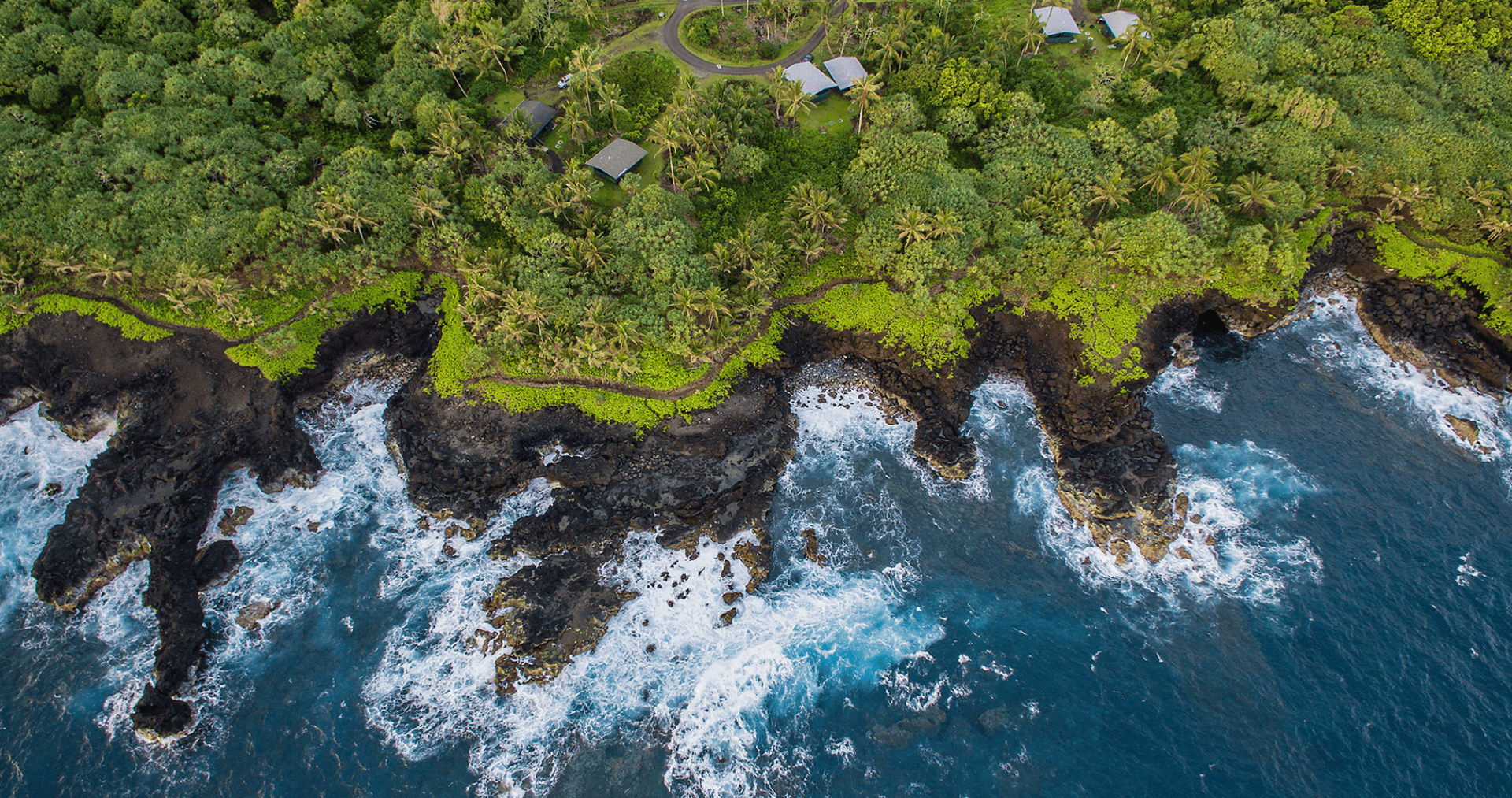
Camping Locations on Hawaiʻi Island
Camping in Hawaiʻi Island State Parks
Camping in Hawaiʻi Island Forest Reserves
Hilo Forest Reserve
Kapapala Forest Reserve
Waimanu Estuarine Research Reserve
Waimanu Campsite
The Waimanu Campsite is located at the end of Muliwai Trail, a minimally maintained trail that zig- zags up the western wall of Waipiʻo Valley, climbing approximately 1,200 feet, leads across a forested plateau area to Waimanu, then descends a final 1,200 feet into Waimanu Valley. There are nine designated campsites accommodating up to 48 campers.
